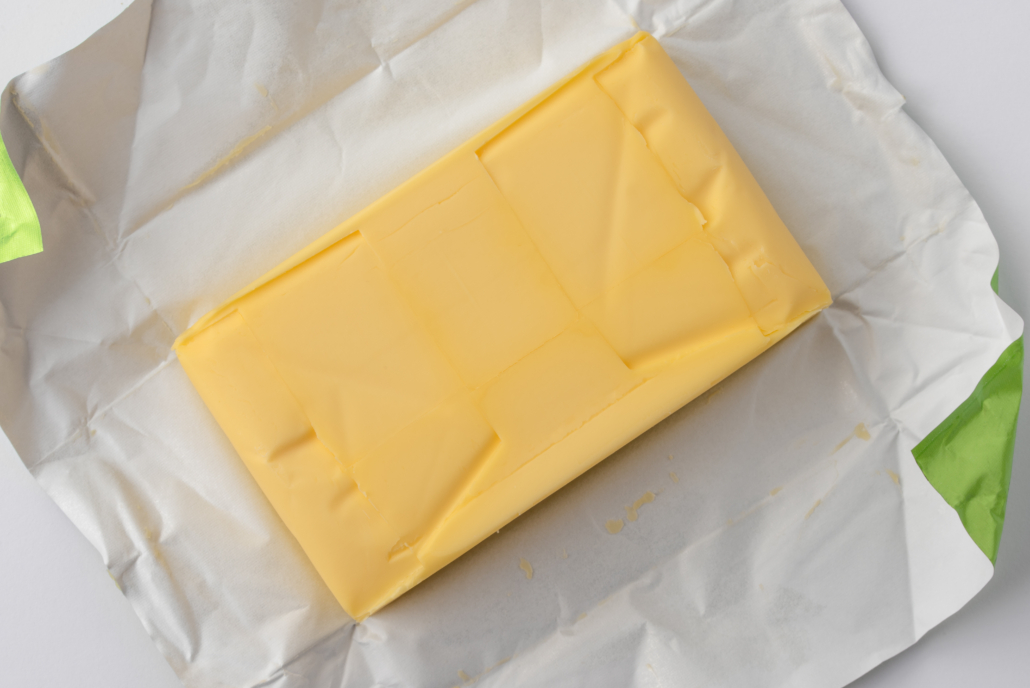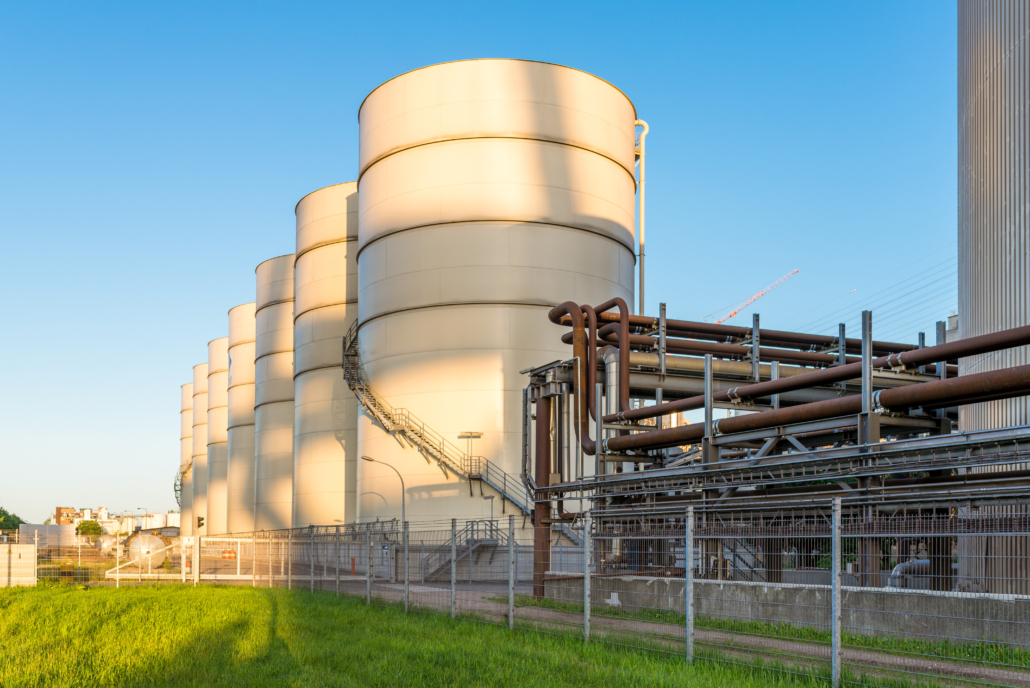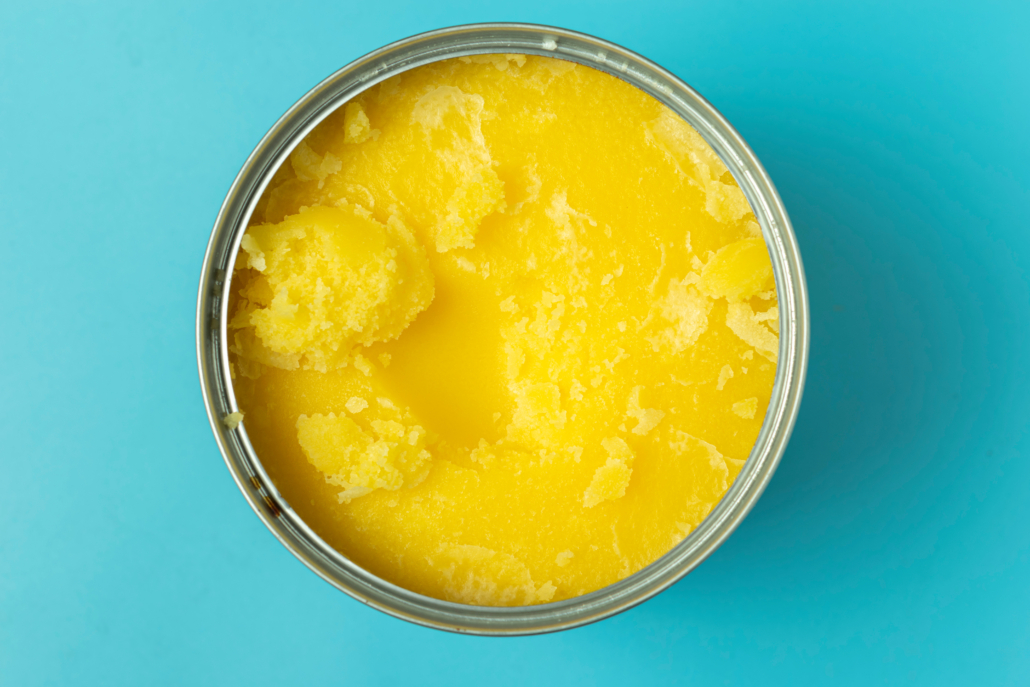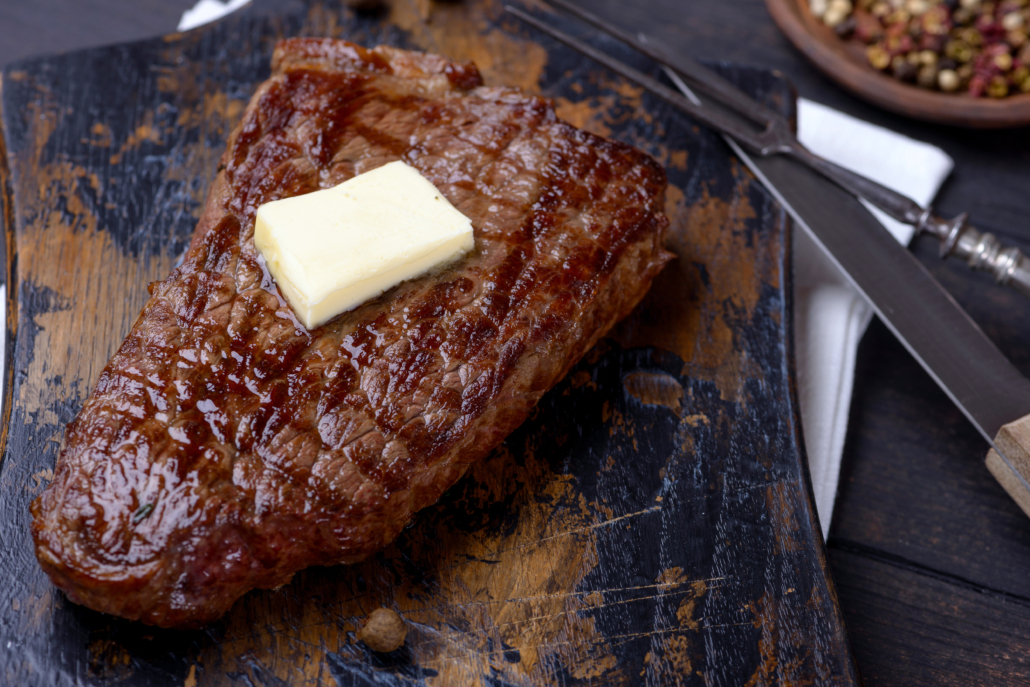We include products in articles we think are useful for our readers. If you buy products or services through links on our website, we may earn a small commission.
Top 6 Best Animal Fats to Cook With
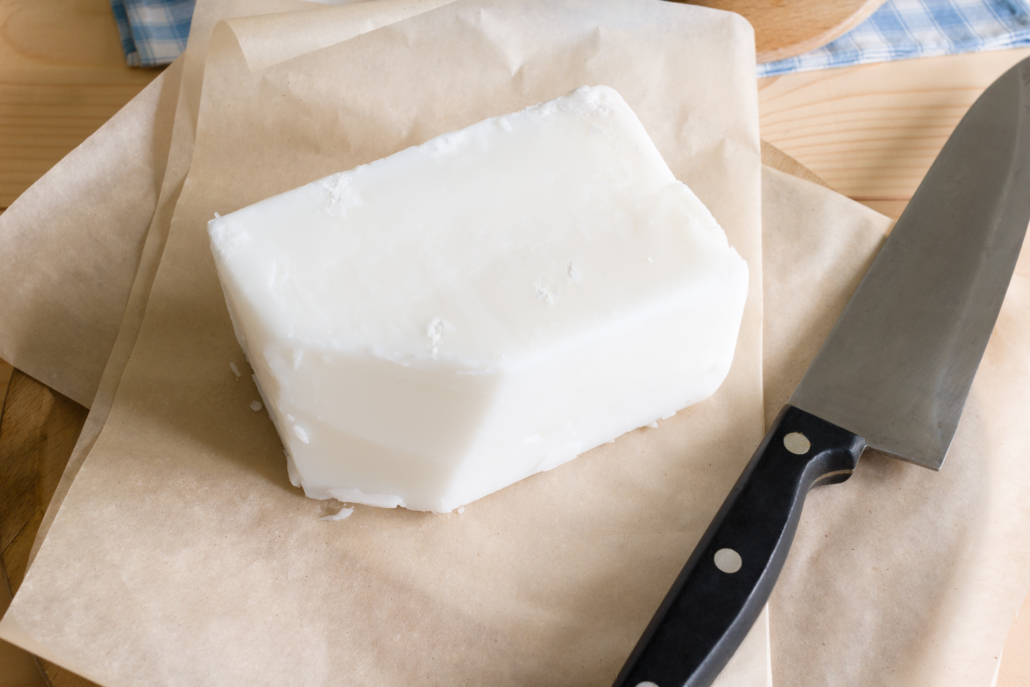
Despite dietary misinformation since the 1960s, the scientific fact is animal fats are far and away the healthiest fats to cook with. Let’s dive into the delicious world of tallow, lard, schmaltz, and butter to find the best animal fats to cook with.
Table of Contents
Benefits of Cooking with Animal Fats
Cooking with animal fats has numerous benefits, both in terms of physical health and in culinary qualities of taste and texture.
We’ll look briefly at both areas before exploring the specific animal fats.
Health Benefits of Cooking with Animal Fats
Most traditional cultures cook exclusively with animal fats and have extremely low incidences of modern diseases.
Yet, in the modern world, Animal fats have been vilified because of an unfounded fear of saturated fat. Yes, animal fats are high in saturated fat, but as you’ll see, that’s actually a good thing!
When and why did we get scared of cooking with Animal Fats?
Back in the 1950s and 60s, Americans began dying from heart attacks at an alarming rate.
A few ambitious researchers cherry-picked observational data (not randomized control trials), threw out contradictory evidence, and used this skewed data to link saturated fat intake with heart disease.
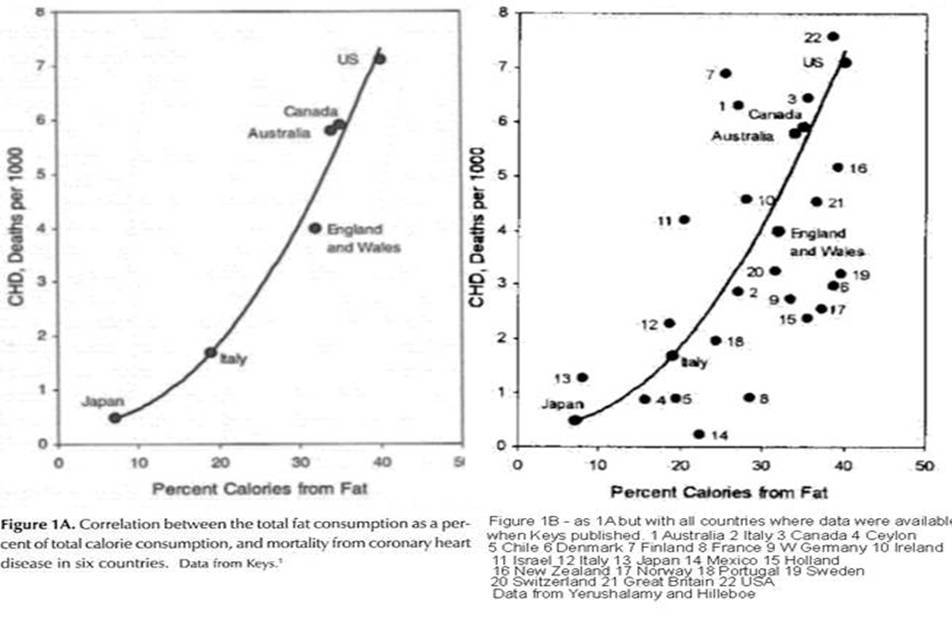
Source: Figure 1 Source: Journal of Mount Sinai Hospital 20, 118-139, 1953. Figure 2 Source: New York State Journal of Medicine 2342-2354, 1957
One major problem with Keys’s study is that he omitted many countries that refuted his claims–as you can see in the graph above. Nevertheless, the American public was hungry for an explanation, and the media ran with it.
This is also when the vegetable oil industry led by Proctor & Gamble saw a powerful marketing scheme. Their view was that since vegetable oils (which actually seed oils) are low in saturated fat, they could be marketed as a way to reduce heart disease.
To spread this false-narrative, Proctor & Gable invested millions of dollars to prop up the fledgling American Heart Association into a covert marketing arm of their seed-oil-based products, especially Crisco.
Decades later, we have an abundance of scientific evidence showing that this shift away from animal fats to vegetable oils is the most detrimental dietary shift in human history. At least since the agricultural revolution shifted us from an animal-based to a grain-based diet.
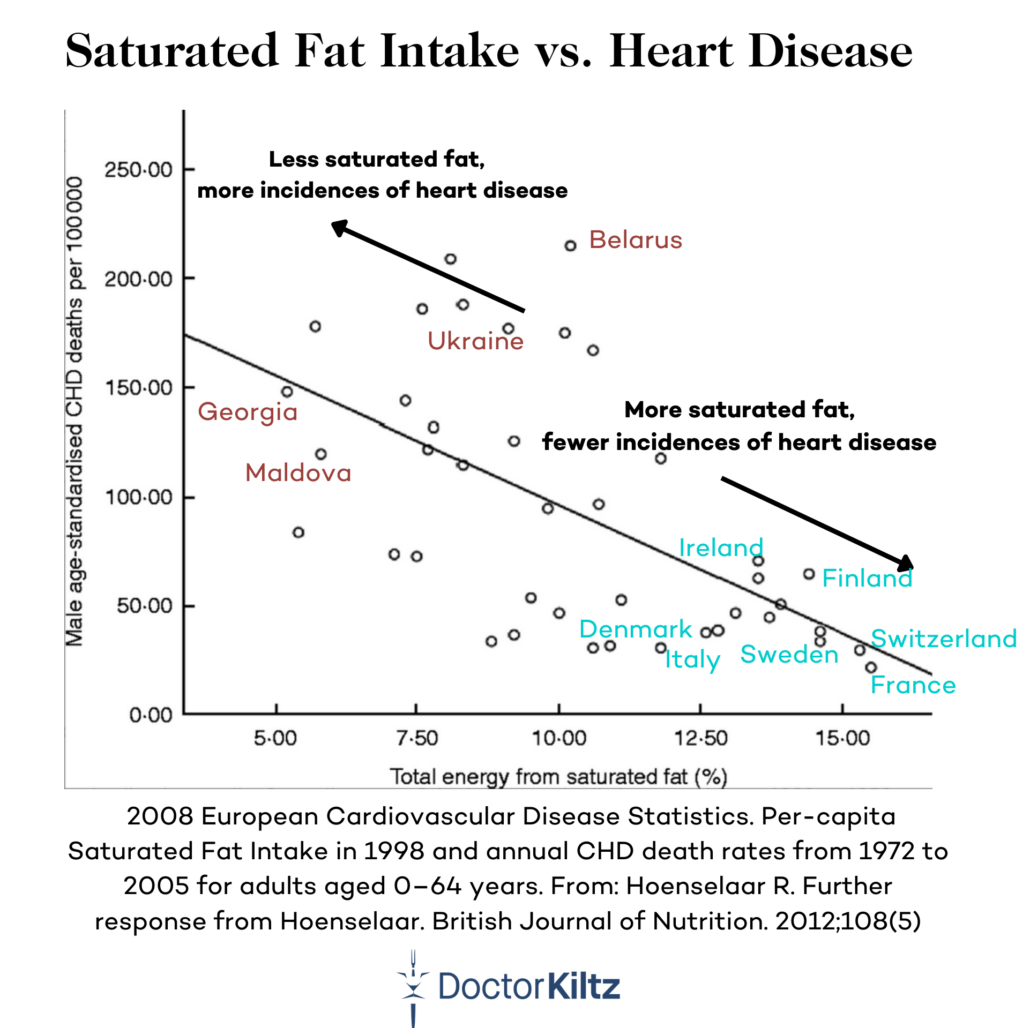
In fact, seed “vegetable” oil is the third most deadly diet and lifestyle factor behind obesity and smoking.
And if we consider that obesity is caused in large part by seed “vegetable” oils, then these industrial oils actually take the cake as, by far, the most deadly dietary factor.
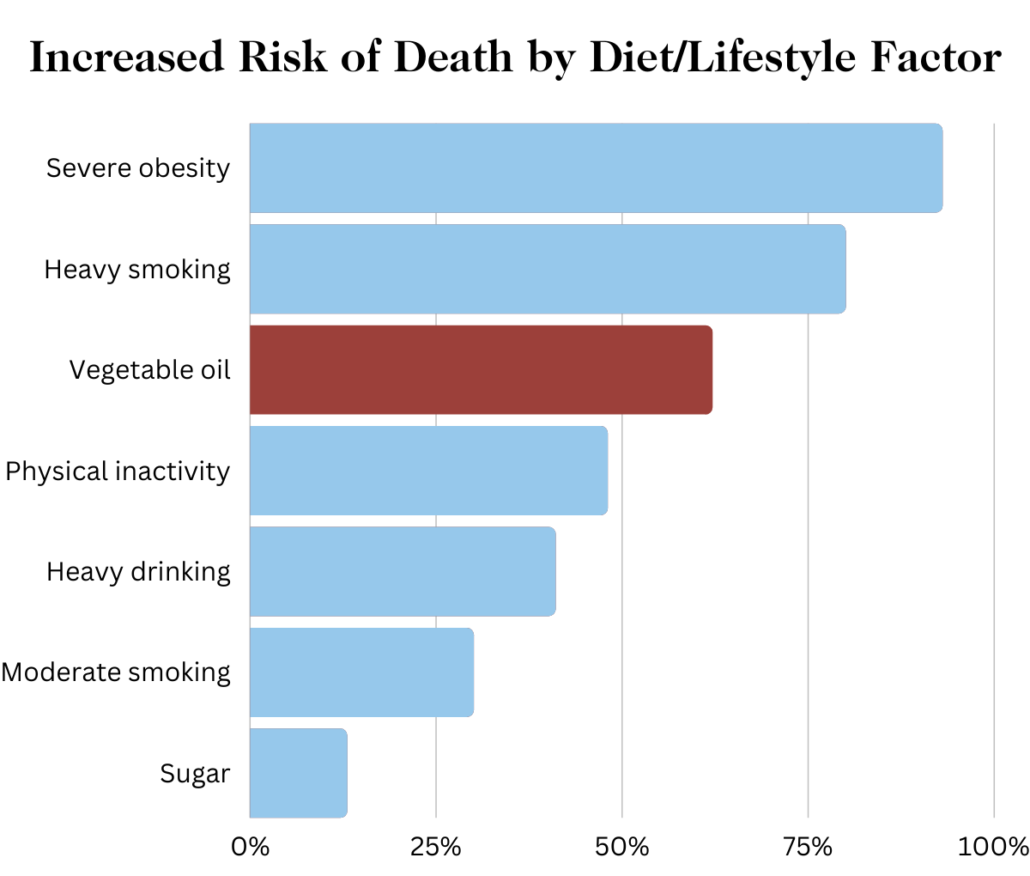
In short, we know that heart attacks are not caused by high cholesterol, but by chronic arterially inflammation caused by eating a combination of toxic seed “vegetable” oils and sugars.
So the main health benefit of cooking with animal fats is that they protect your body from chronic inflammation and heart disease.
If you’re interested in getting more informed about the damning research on vegetable oils, click here.
You can also get a more detailed story of how animal fats were demonized by clicking here.
And if you’re interested in diving deeper into the real causes of heart disease, this one’s for you.
Culinary Benefits of Cooking with Animal Fats
Preparing food with animal fats makes food crispier, flakier, and more delicious.
And contrary to popular belief, well-rendered animal fats (all muscle meat separated/strained out) have a neutral flavor and odor. It’s not “gamey” in the least. And tends to enhance the other flavors of a meal.
McDonald’s fries became a “thing” precisely because they double-fried their potatoes in rich beef tallow up until 1983.
That’s when they got pushback from animal rights groups, switched to toxic safflower oil, and added in artificial beef flavor in an attempt to replicate that rich, inimitable taste.
Rendering your own animal fat is also a key feature of a nose-to-tail lifestyle. It reduces waste, saves money, and honors the life of the animal you’re eating.
Top 6 Animal Fats to Cook With
Different animal fats have different cooking qualities based on their flavors and smoke points.
Here’s a rundown of their flavor, storage, and heating qualities.
Nutrition info per 1 tablespoon
| TYPE | SFA% | MUFA% | PUFA % | Smoke point | Flavor | Use | Storage |
| Beef Tallow | 50 | 42 | 4 | 374-400 | Mild beef flavor Can be heated | baking/roasting/frying | 12–24 months unrefrigerated |
| Lard | 60 | 33 | 3 | 370-374 | Mild flavor Can be heated | baking/roasting/frying | 12–24 months unrefrigerated |
| Butter | 51 | 23 | 3 | 302–350 | Mildly Sweet Lower Heat | baking/roasting | Refrigerate after a few days |
| Ghee | 51 | 23 | 3 | 482 | Mild nutty flavor | baking/roasting/frying | 12–24 months unrefrigerated |
| Duck Tallow | 33 | 50 | 14 | 375 | Rich Duck flavor | baking/roasting/frying | 12–24 months unrefrigerated |
| Chicken fat (Schmaltz) | 32 | 46 | 22 | 375 | baking/roasting/frying | 12–24 months unrefrigerated |
1. Beef Tallow
Beef and bison tallow is fairly easy to source or make yourself, inexpensive, and has a high smoke point and mild flavor, bringing it in as number one on our list of best animal fats to cook with.
The best quality beef tallow is known as suet and comes from the extremely rich fat surrounding the animal’s kidneys. This is known as leaf fat.
That said, any beef fat can be rendered into delicious tallow. [1]
Tallow was also loved by chefs; its high 400°+ F smoke point means it can be used for both baking and frying.
The long-chain saturated fats in beef tallow support healthy cell membranes and play a role as signaling molecules.
Cooking with SFA-rich animal fasts can “saturate” your cell membranes, protecting your cells from glycation, oxidation, endotoxin buildup, and other cellular stressors.
2. Ghee
Ghee can bring all the full-fat dairy benefits of butter, but with no need to refrigerate, and the highest smoke point of all animal fats.
With a smoke point of 465°F, ghee has an 80° higher heat tolerance than any other animal fat.
It’s also not rendered fat, so the animal doesn’t have to be slaughtered–great for vegans and vegetarians.
A 2018 study of 200 people in India where ghee is regularly consumed found that people who ate more ghee and less vegetable oil had better blood cholesterol markers.
3. Butter
Butter, especially from grass-fed cows, is loaded with beneficial nutrients like conjugated linoleic acid (CLA), butyrate, vitamins, and minerals.
Research shows that eating butter can reduce your risk of diabetes, obesity, and heart disease.
Butter is also linked to improved sleep, immune function, and fertility.
4. Lard
Besting beef tallow when it comes to saturated fat percentage, lard offers an abundance of heat-stable, non-oxidizing fatty acids.
It’s easy to cook with, delicious, and doesn’t need to be refrigerated.
There’s an added bonus of vitamin D when you source your ard from pastured pork that spends its life wallowing in the sunshine.
Lard from pasture-raised pigs can be as high in vitamin D as cod liver oil and may be higher in other fat-soluble vitamins.
5. Schmaltz
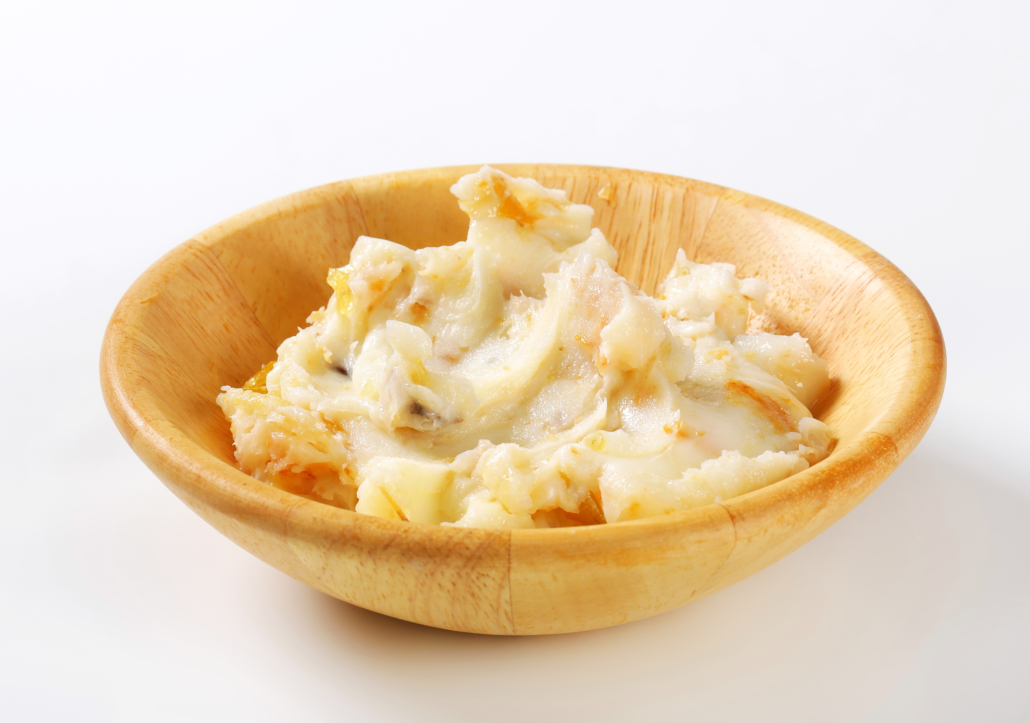
Schmaltz is the rendered fat from chicken or goose.
It’s rendered by simmering skin and fat on the stove, then strained into a substance that resembles lard.
The flavor is as rich as butter, but dairy free. This makes it a common staple among the Jewish community. To be Kosher, Jews do not fry food in butter or lard.
6. Duck Tallow
Duck fat is rich and flavorful. Dr. Kiltz uses it to double fry his homemade french fries when he takes a carnivore diet cheat (treat!) day.
Studies by French researchers (who else?) reveal that duck fat may also increase overall cardiovascular health.
Duck fat is also high in linoleic acid, along with certain antioxidants that can reduce premature aging and support bone health.
It’s worth noting that duck fat is higher in unstable PUFAs. This means is may oxidize faster than other animal fats listed here. Oxidized fat can cause inflammation.
How to Render Your own Animal Fat to Cook With
Ghee and butter can be found pretty much anywhere. But rendered fat can be tricky at times.
Here’s a simple step-by-step guide to rendering your own animal cooking fat.
Tools
- 16 quart stock pot
- Fine mesh strainer
- Funnel
- 100% cotton cheesecloth.
- Wide mouth mason jars.
Directions
- Add fatty scraps of beef to stock pot
- Slowly simmer–watch fat separate, keep on low heat–you don’t want fat to overcook.
- Strain impurities with mesh strainer. Then again through cheesecloth.
- Transfer to mason jars and enjoy!
Best Animal Fat to Cook With: The Takeaway
Despite popular misconceptions, animal fats are not only the tastiest but the healthiest fats to cook with.
The best animal fat to cook with will depend on your use case and recipe.
We highly recommend tallow for higher heat applications.
While butter, especially from grass-fed sources, provides numerous healthy fatty acids along with fat soluble vitamins.
Lard from pasture-raised pigs is also a fantastic source of hard-to-get vitamin D, especially in latitudes where you don’t get much sun for most of the year.
Ghee is probably the unsung hero of animal fats, boasting incredible heat stability and a rich, nutty flavor.
If you’re kosher, the fat from chicken, goose, or duck is a must.
No matter how you render it, the verdict is clear: all animal fats are fantastic to cook with. =
And it should go without saying, but unfortunately, we have to keep saying it: Stay away from vegetable oils–they’re toxic, molecularly unstable, and have been shown to literally kill you.












